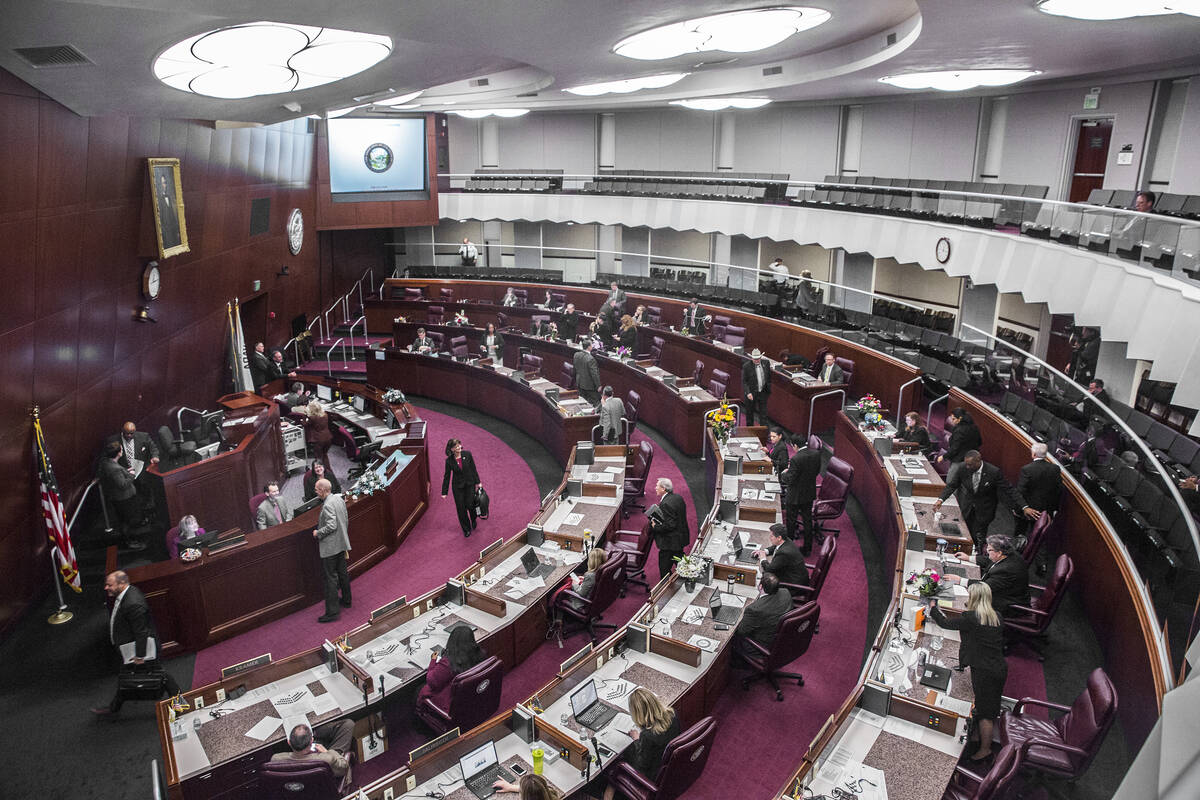EDITORIAL: The fiscal scandal no one cares about
Funding public pensions is like paying for car maintenance. No one likes to do it, but the alternative is worse. That’s why every Nevadan should pay heed to the state Public Employees’ Retirement System.
Unlike most private-sector employers, Nevada offers government workers a defined-benefit pension plan. Employees and their government employers make set contributions each year. In theory, these funds and future investment returns will be sufficient to cover the cost of future pension obligations. But politicians tend to curry political favor by larding these plans with generous terms and benefits that drive up costs. If market returns fall below projections — which are often unrealistic — the investments underperform, leading to unfunded liabilities to be borne by the taxpayers.
In contrast, individual workers bear the risk in a defined-contribution plan, such as a 401(k).
For decades, Nevada’s pension plan and others around the country haven’t set aside enough money. Nevada’s plan is around 75 percent funded. This unfunded liability is around $14 billion. That’s significantly more than Nevada’s current general fund biennial budget.
The path to pension insolvency begins when politicians fail to set aside enough money early on. As in private plans, most of the payout is supposed to come from investment earnings. Longer time frames take advantage of the power of compound interest to reduce costs.
Constantly rising pension liabilities can create a death spiral. Insufficient funds require eating into the principal to make current payments. That reduces future investment growth. That necessitates taking even more of the principal in future years.
Last year, Nevada PERS significantly revised some of its assumptions about future payouts. Overly optimistic assumptions are one reason the unfunded liability is so large. So it’s good to have a more accurate picture of what these benefits cost.
For all its problems, Nevada PERS at least required what its projections showed to be full pension contributions — until now. The current contribution rate is 29.75 percent for most employees and 44 percent for police and fire employees. Starting this summer, PERS determined that should increase to 37.5 percent and 57.5 percent, respectively. But its board previously approved a “phase-in” adjustment. The required payments will be only 33.5 percent and 50 percent of salary this biennium. Underfunding is now official PERS policy.
That is wildly irresponsible, especially when the Legislature is flush with cash. Instead of sky-high salary increases, Gov. Joe Lombardo, legislative leaders and local governments should fully fund Nevada PERS. Then Carson City should create a hybrid system for new employees to ensure this mess never happens again.

















